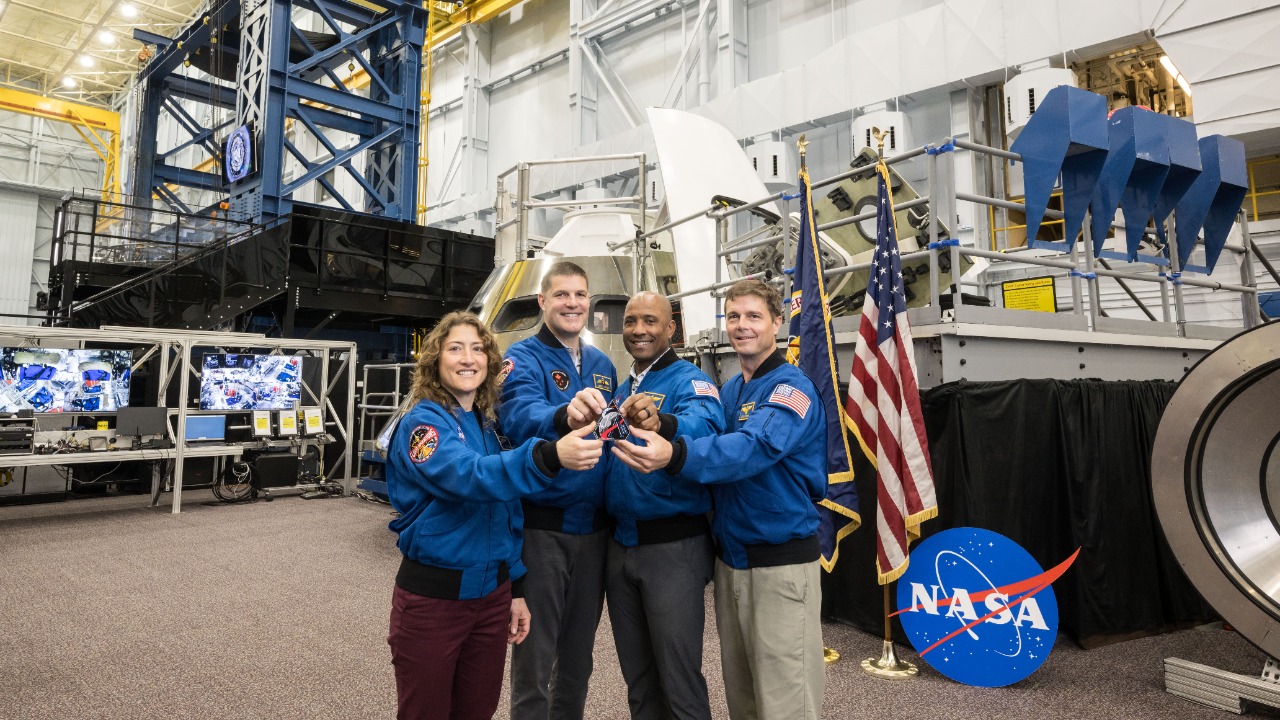
Nearly 4,000 NASA employees are preparing to leave the agency as part of a voluntary buyout program announced in July 2025. This significant departure represents more than 20% of NASA’s workforce, reflecting widespread dissatisfaction among staff. Many employees have expressed frustration with President Trump’s administration, criticizing what they describe as “wasteful changes” imposed on the agency, leading to a mass exodus by October 2025.
The Scale of NASA’s Workforce Departures
The announcement that nearly 4,000 workers will leave NASA through a buyout program marks a pivotal moment for the agency. This decision affects a substantial portion of NASA’s staff, highlighting the scale of the exodus. According to Live Now Fox, the buyout program was introduced as a voluntary option, yet the overwhelming response underscores a deeper unrest within the organization.
More than 20% of NASA’s total workforce has submitted requests to exit, a figure that illustrates the breadth of participation across various roles and locations. As reported by CBS News, this wave of departures is unprecedented, reshaping the agency’s operations and potentially impacting its future projects. The scale of this movement suggests a significant shift in the agency’s internal dynamics.
Reports indicate that thousands of employees are preparing to leave, framing this as an unprecedented wave that is reshaping NASA’s operations. According to Big Think, this mass departure is not just a numerical loss but also a cultural shift, as employees bid farewell to the NASA they once knew.
Trump Administration’s Role in Employee Dissatisfaction
Hundreds of NASA employees have publicly criticized President Trump, issuing a joint statement in July 2025 that blasts the administration for “wasteful changes” to the agency. As detailed by Truthout, these changes have been a significant factor in the decision of many employees to leave, reflecting a broader discontent with the current leadership’s direction.
The buyout program is closely tied to broader policy shifts under the Trump administration, which have prompted voluntary resignations among affected staff. According to Live Now Fox, these policy changes have been perceived as destabilizing, leading many to opt for the buyout as a means of exiting an increasingly uncertain environment.
Reasons Behind the Mass Exodus
Employee concerns about agency restructuring and resource reallocations have significantly eroded morale, leading to thousands bidding farewell. As reported by Big Think, these changes have created a sense of instability, prompting many to seek opportunities elsewhere.
The rapid uptake of the buyout, with over 20% of the workforce opting out, underscores the perceived instability in NASA’s future direction. According to CBS News, this mass departure reflects a lack of confidence in the agency’s current trajectory, as employees express concerns over the sustainability of ongoing projects.
Criticisms of “wasteful” initiatives imposed by leadership have been voiced by hundreds of workers in a public backlash. As noted by Truthout, these initiatives have been a focal point of dissatisfaction, contributing to the decision of many to leave the agency.
Timeline of Key Developments
The initial wave of departures began in late July 2025, when more than 20% of employees requested to leave following the buyout announcement. According to CBS News, this marked the beginning of a significant shift within the agency, as employees began to express their dissatisfaction more openly.
By early October 2025, thousands had confirmed their departures, reflecting on the end of the NASA they knew. As reported by Live Now Fox, this period saw a culmination of discontent, as employees finalized their decisions to leave.
The ongoing fallout continued into mid-October 2025, with the full reasons for the exodus continuing to emerge in reporting. According to Big Think, the implications of these departures are still being assessed, as the agency grapples with the loss of a significant portion of its workforce.
Potential Impacts on NASA’s Operations
The departure of nearly 4,000 workers could strain ongoing projects, including mission planning and technical expertise. As noted by BGR, the loss of such a large number of employees poses a challenge to maintaining the momentum of current initiatives.
The loss of institutional knowledge from thousands exiting could potentially delay key space initiatives. According to CBS News, this departure represents a significant brain drain, as experienced staff leave the agency, taking with them years of expertise and insight.
Employee statements on wasteful changes forecast broader challenges to agency morale and recruitment. As reported by Truthout, the dissatisfaction expressed by departing employees could impact NASA’s ability to attract new talent, as potential recruits may be wary of joining an organization perceived as unstable.